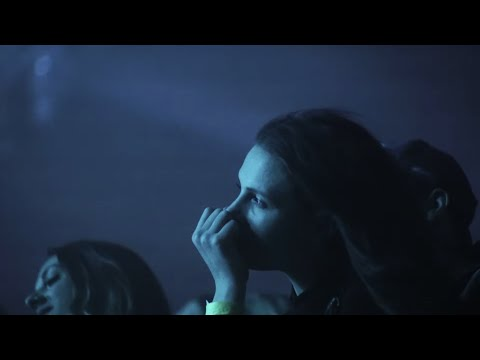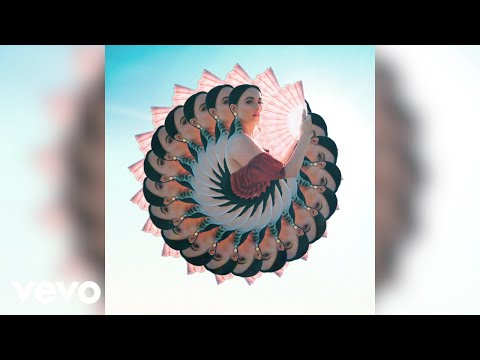|
|
|
Bisphosphonates were first developed in the nineteenth century. They were first investigated for use in disorders of bone metabolism in the 1960s. They are now used clinically for the treatment of osteoporosis, Paget's disease, bone metastasis, multiple myeloma, and other conditions that feature bone fragility.
There used to be a metric calendar, as well as metric clocks. The metric calendar, or "French Republican Calendar" divided the year into 12 months, but each month was divided into three 10-day weeks. Each day had 10 decimal hours. Each hour had 100 decimal minutes. Due to lack of popularity, the metric clocks and calendars were ended in 1795, three years after they had been first marketed.
The first monoclonal antibodies were made exclusively from mouse cells. Some are now fully human, which means they are likely to be safer and may be more effective than older monoclonal antibodies.
Women are 50% to 75% more likely than men to experience an adverse drug reaction.
In the United States, an estimated 50 million unnecessary antibiotics are prescribed for viral respiratory infections.







![Klur & Diana Miro - Pull Me Through [Official Lyric Video]](https://biology-forums.com/gallery/49/medium_6_03_06_24_11_37_17.jpg)